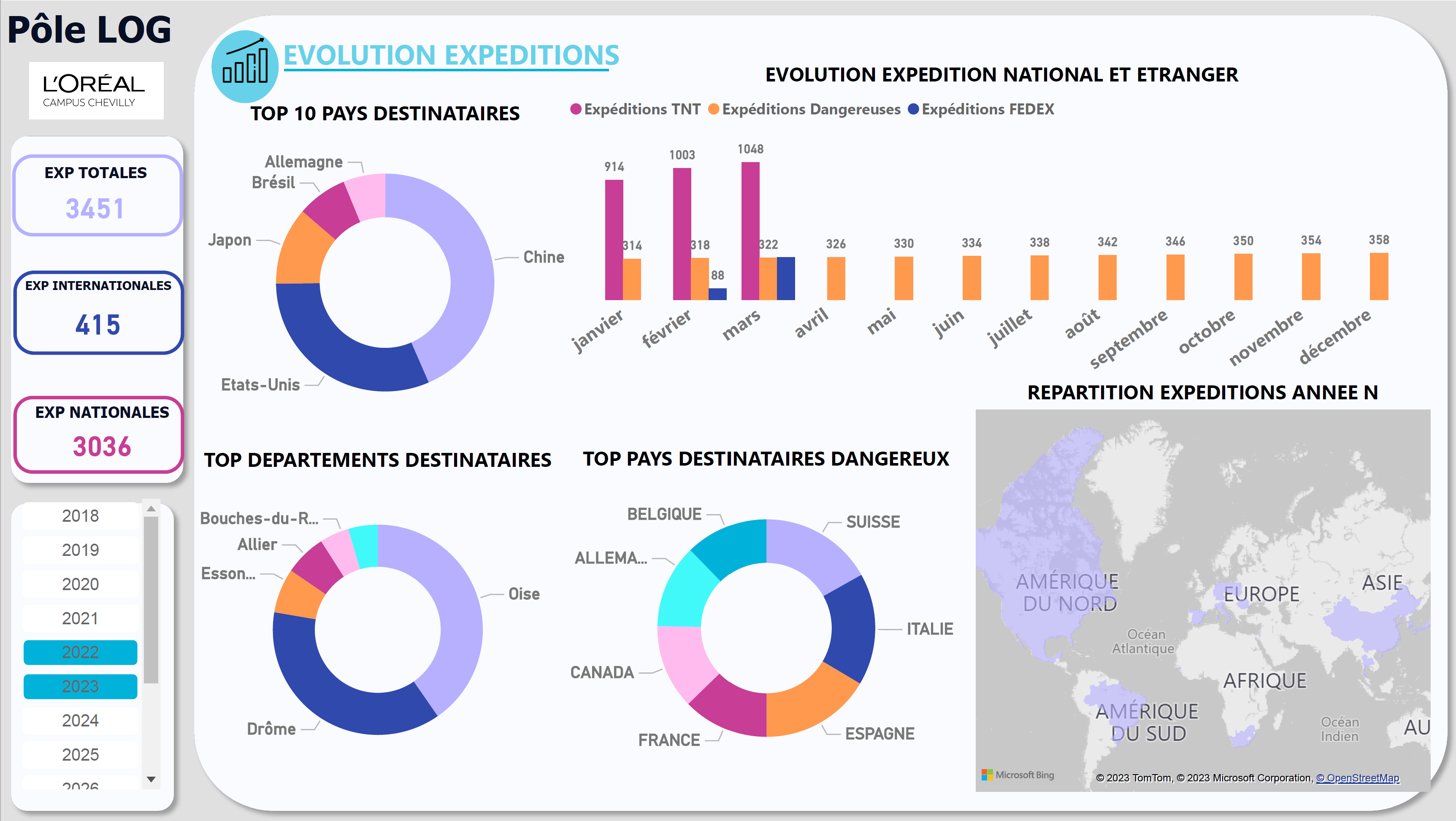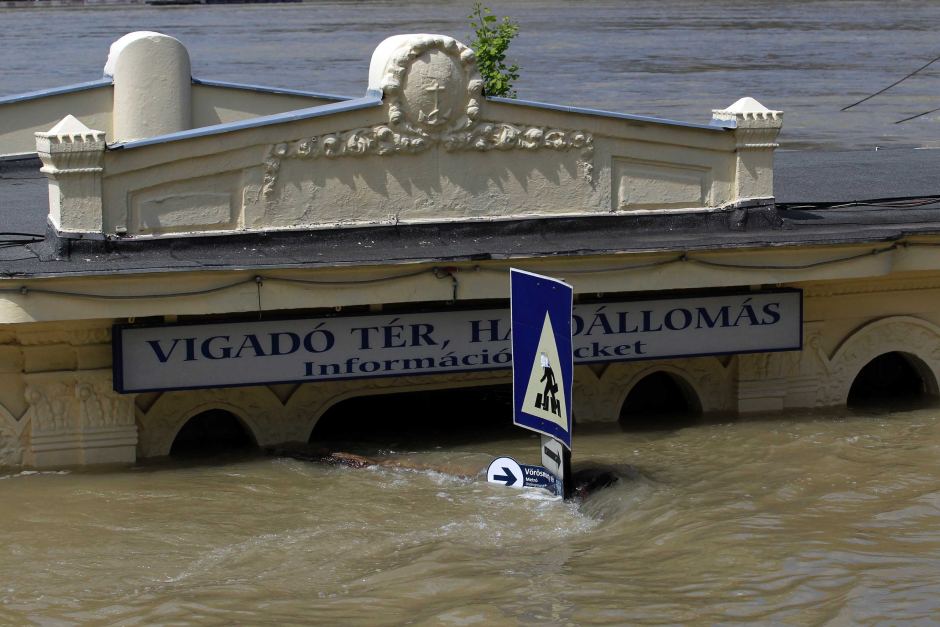
Reducing Flood Risks in Belgrade Area through AI Solutions
Motivation
I am excited to be a part of this project because it provides an opportunity to be useful to society and make a positive impact on the lives of the people of Belgrade. Working on a concrete project that has the potential to make a difference is incredibly motivating and gives me a sense of purpose.
In addition, I am looking forward to the opportunity to work with a team of 100 people from around the world. Collaborating with such a diverse group of individuals with different profiles and levels of experience will be a valuable learning experience. I am eager to learn from project's senior data scientists and contribute my own skills and knowledge to the team.
Overall, I believe that this project has the potential to make a significant difference in the lives of the people of Belgrade and I am excited to be a part of it.
Content
Belgrade, the capital city of Serbia, is a vibrant and historic city with a rich cultural heritage. Located on the delta of the Sava and Danube rivers, the city boasts a 200 km waterfront and is home to 14 river islands, some of which are protected as habitats for endangered species. The waterfronts are popular among fishermen and tourists, who visit the beaches during the summer months.
However, Belgrade is also vulnerable to floods, as the city has a history of being affected by such natural disasters. In 2014, a particularly devastating flood occurred which affected the municipality of Obrenovac, resulting in the relocation of 30,000 people and the destruction of 10,000 homes.
In an effort to mitigate the risk of future floods, the government implemented various measures to improve flood protection. However, there were still areas that were vulnerable and relied on the timely action of the local community to set up mobile fortifications. Recognizing the need for a more comprehensive solution, we embarked on a project to develop an artificial intelligence (AI) predictive system that could provide advance warning of floods based on current water levels, precipitation, and other parameters.
To train the system, we used historical hydrometeorology data, with a focus on past flood events in the past 100 years. The goal of the project was to create a supervised machine learning (ML) model that could accurately predict future floods in Belgrade using data from the Danube, Sava, and other small rivers in the area. We were successful in achieving this goal by using XGbosst Model, and the model was integrated into a web and mobile app for easy access by the local community.
In addition to the predictive model, the project also involved the use of datasets with historical hydrological data and the development of an API for a predictive flood service. By increasing the preparedness of the community, we were able to help reduce the impact of future floods in Belgrade.
Task 1 - Data Collection
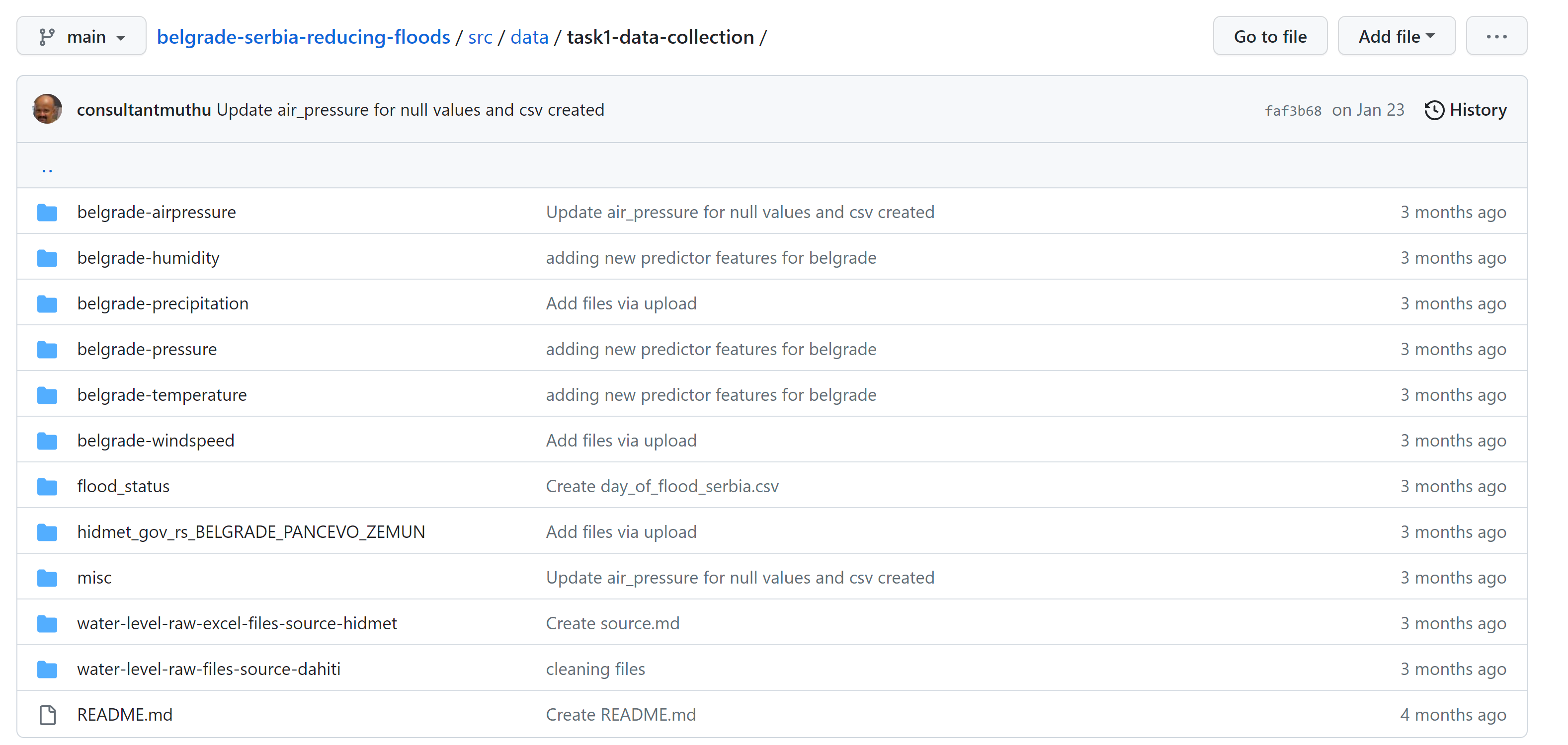
Task 2 - EDA (Exploratory Data Analysis)
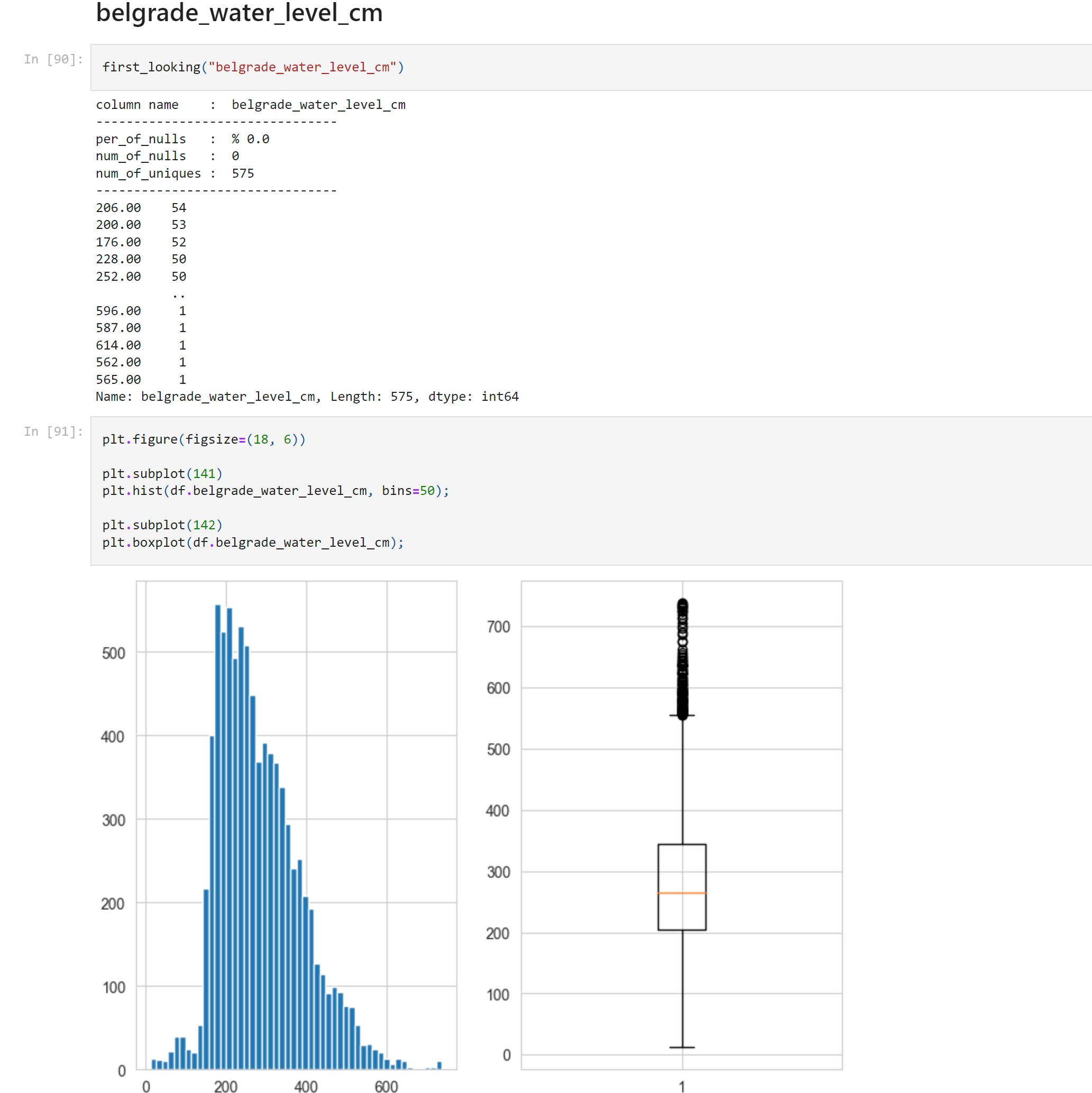
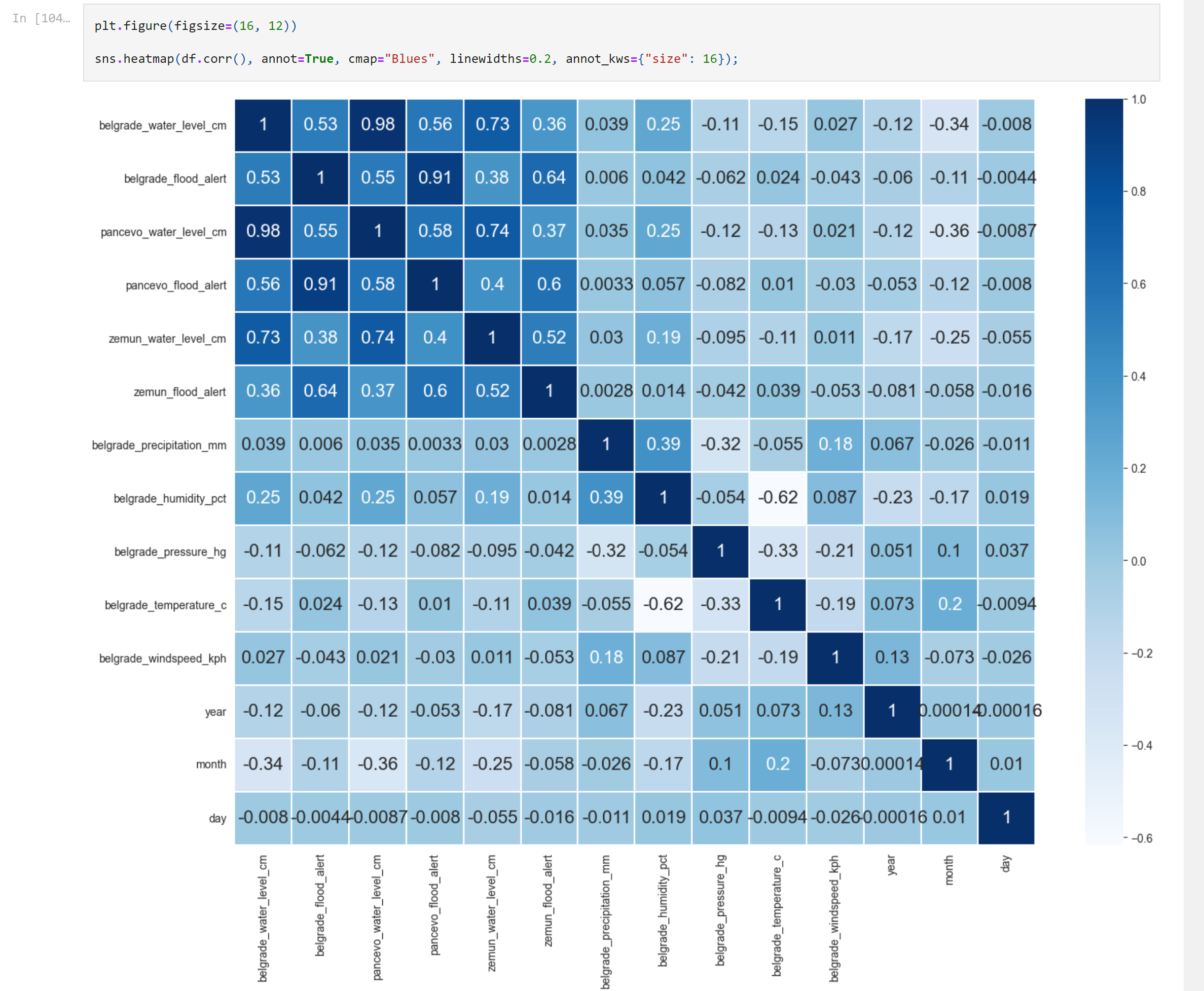
Task 3 - Machine Learning Model
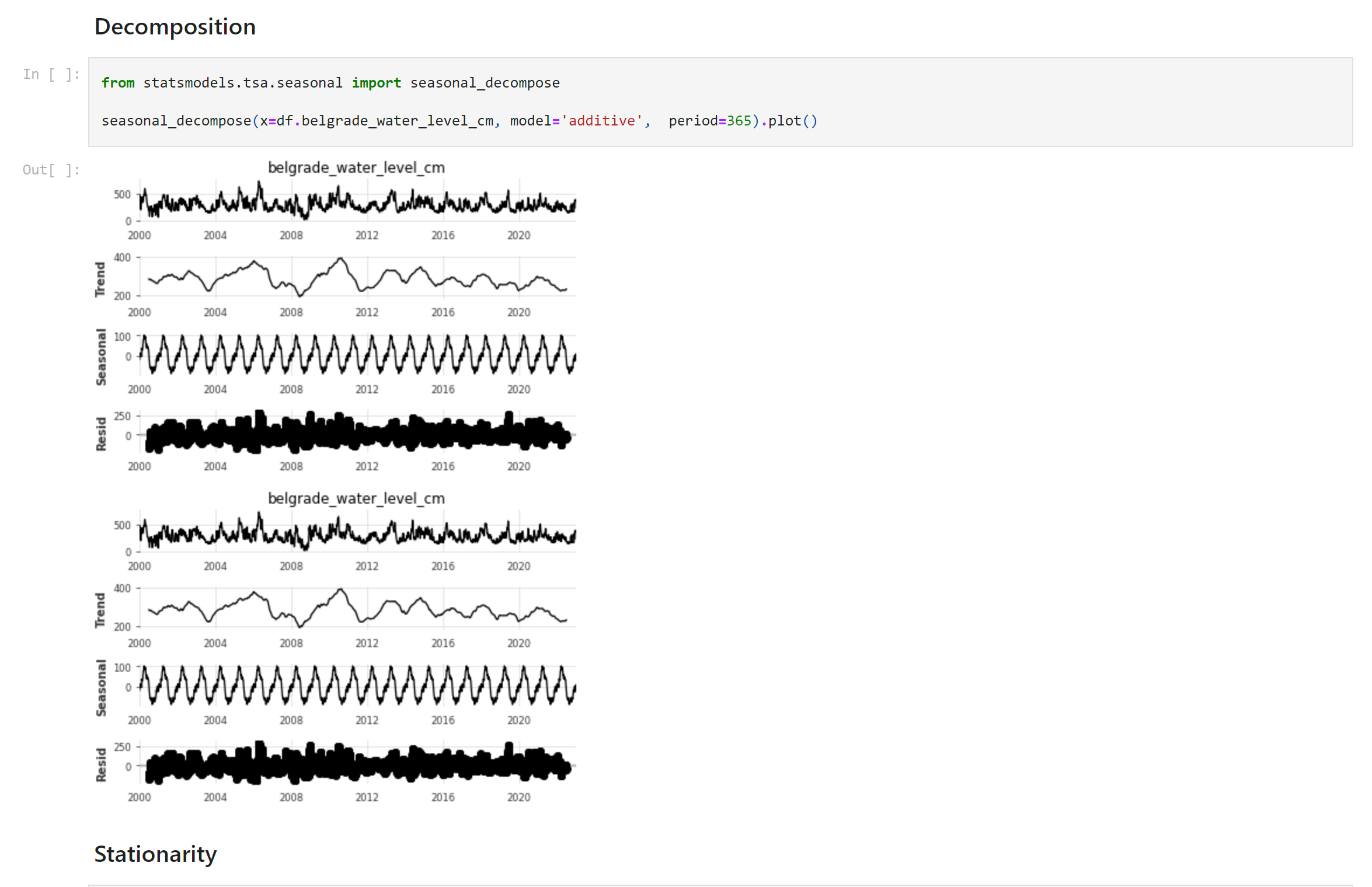
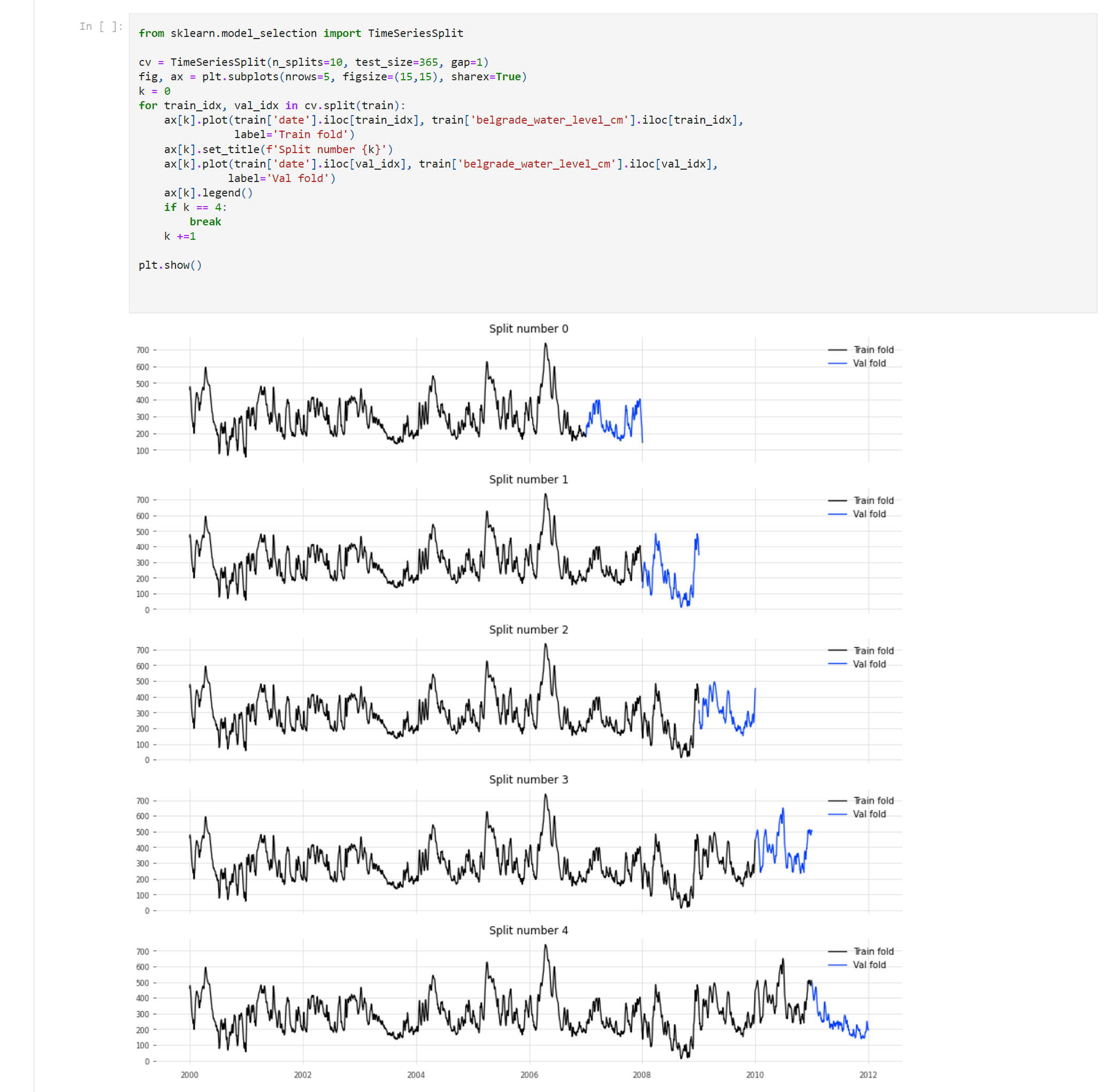
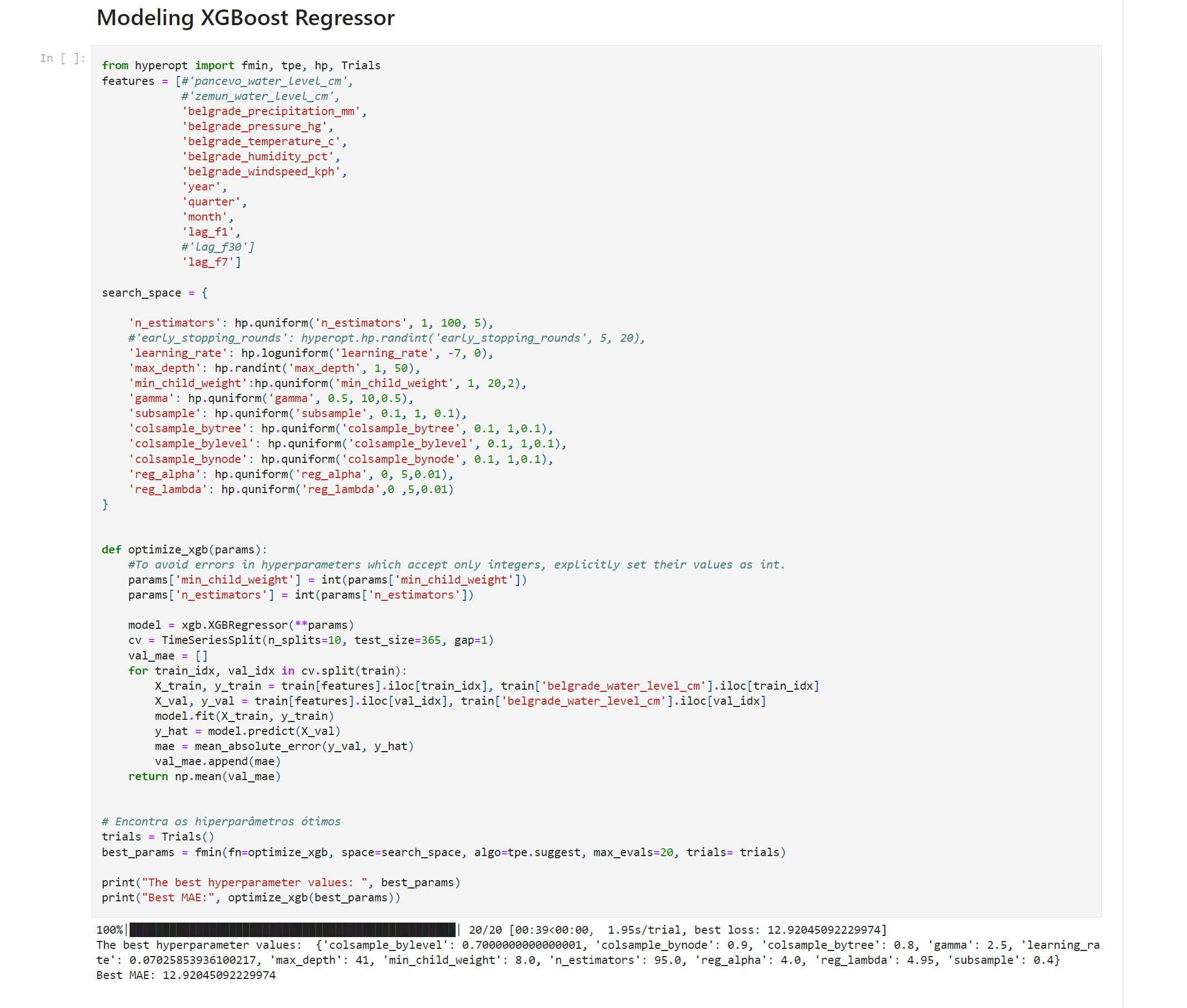
Here is the Repo GitHub of the project: https://github.com/OmdenaAI/belgrade-serbia-reducing-floods/tree/main
